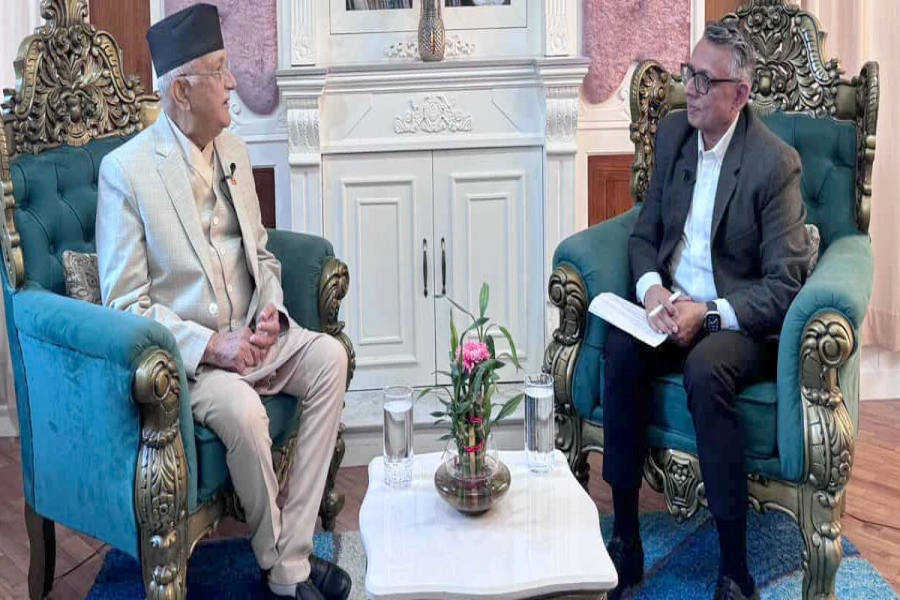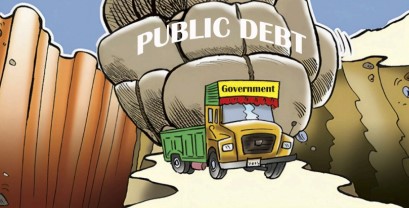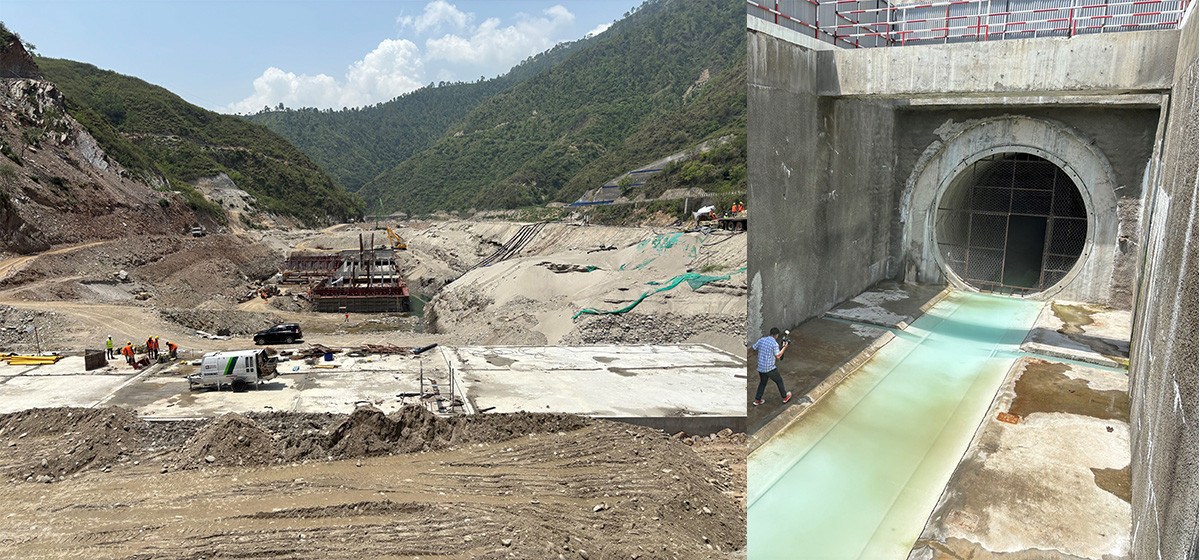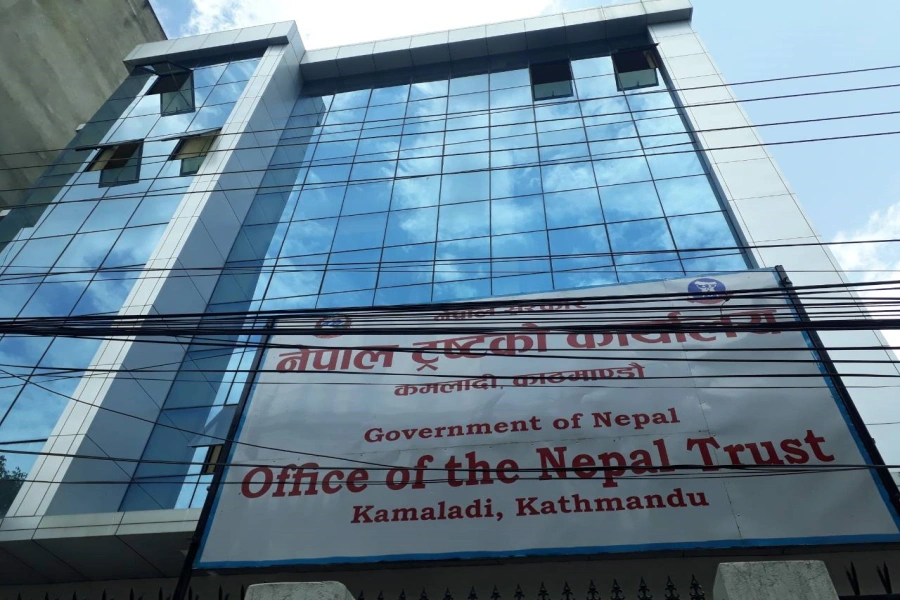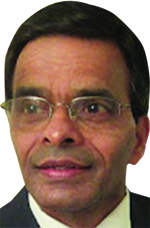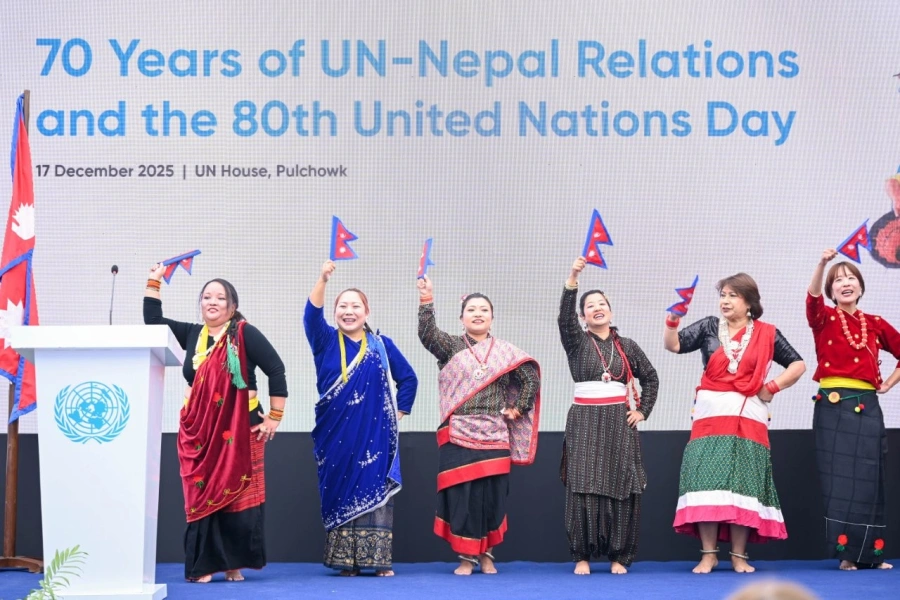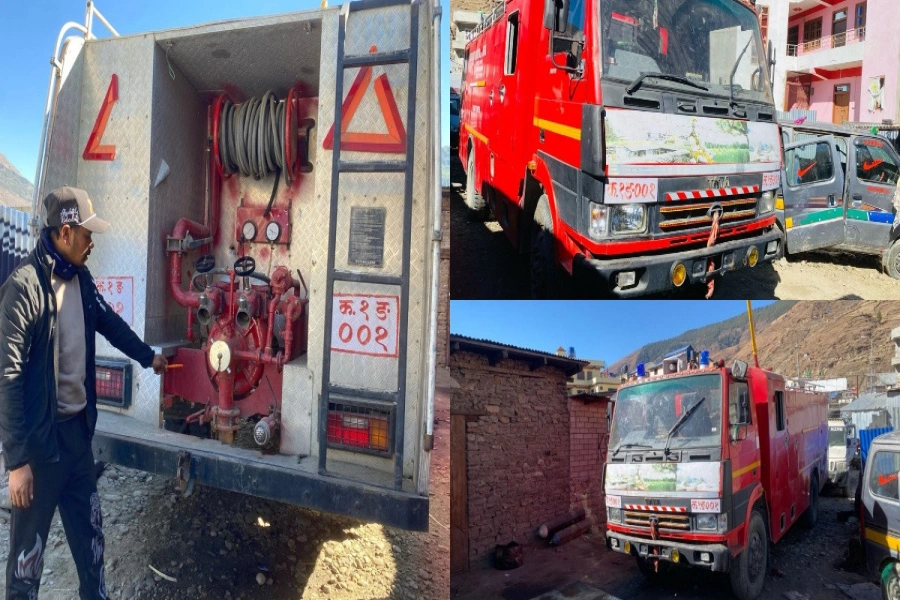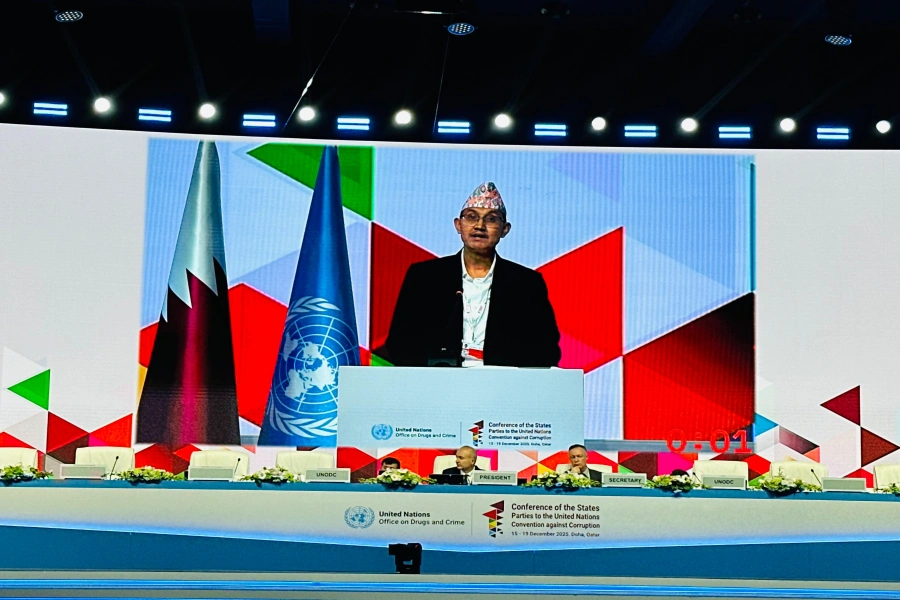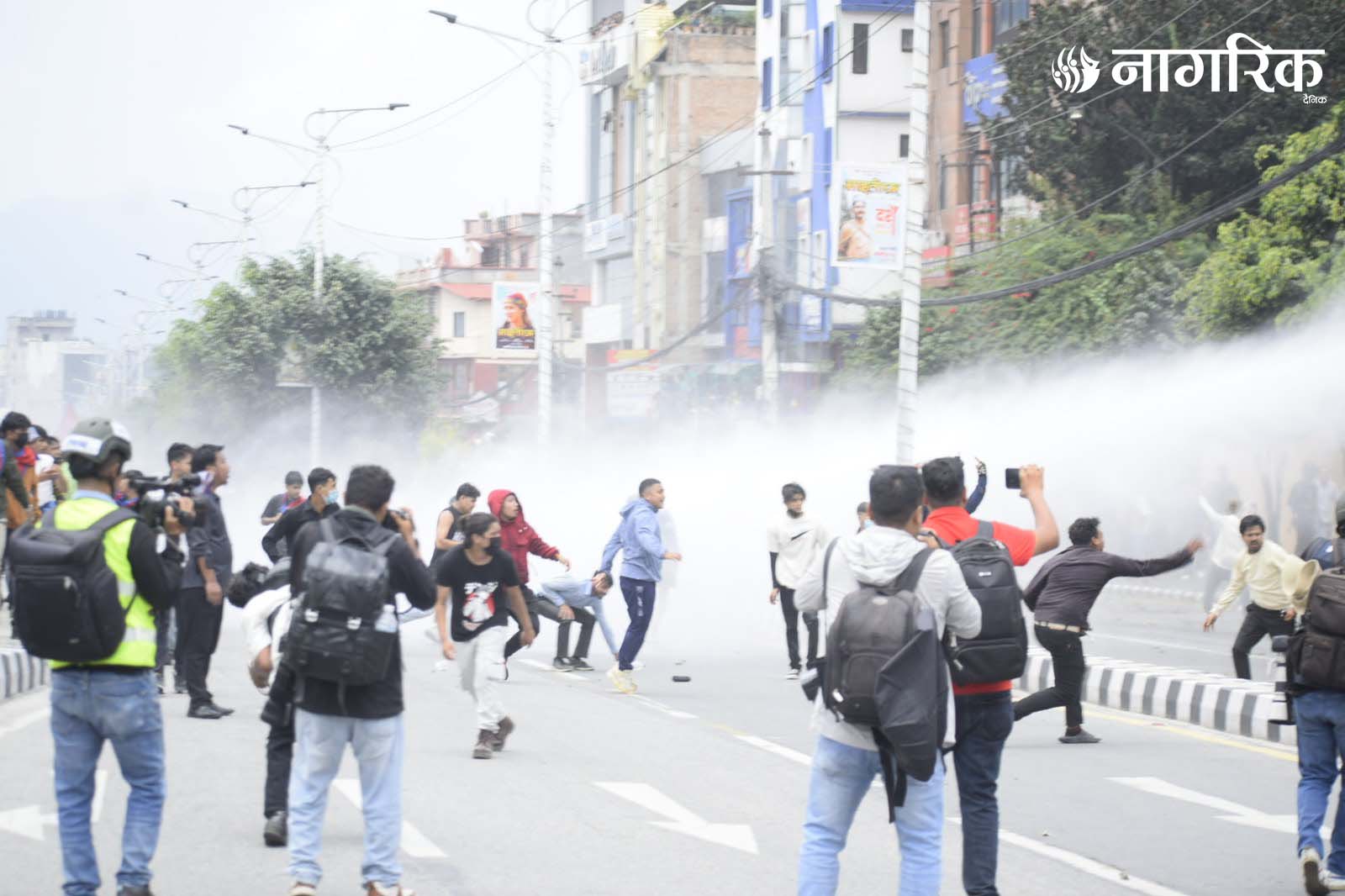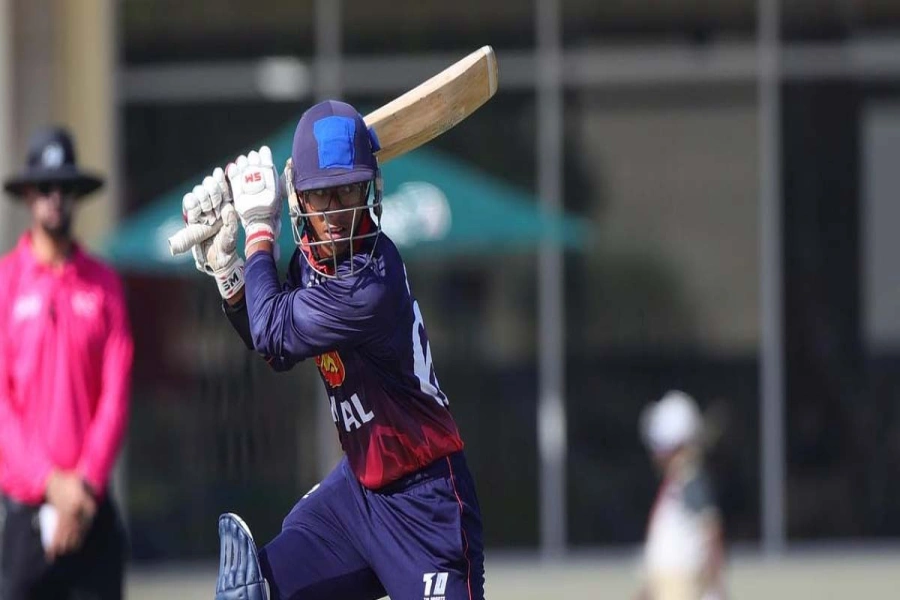Women's representation in Nepal's civil service has increased to 29.2 percent by mid-March 2025 from 12 percent in 2008. The consistent increase over 17 years, according to data provided by the National Archives of Nepal, is the highest ever. Out of 85,529 civil servants, 41,563 are employed at the federal level, 32,808 at the local level, and 11,138 at the provincial level. The rise hasn't been restricted to numbers alone either. In the administrative service, women now occupy 42.19 percent, while their representation in the parliamentary service is still low at a mere 0.62 percent. Other technical and specialized areas have a similar wide gap. Women's representation is 15.86 percent in engineering, 11.45 percent in the judiciary, and a mere 2.93 percent in agriculture. The figures are lower again in the audit service at 1.19 percent, the foreign service at 0.71 percent, and economic planning and statistics at 0.70 percent. Seven women have so far climbed to the position of secretary in different ministries and commissions, while women hold just 9.1 percent of the positions under constitutional posts. In the 2024/25 fiscal year, 1,066 new entrants came in through the inclusive category, while 1,340 came in through open competition.
While the general increase looks promising, closer scrutiny reveals an unbalanced picture. Most of the women work in clerical or auxiliary posts in the administrative service. There are very few women in technical, strategic, or policy-based fields. Seven women secretaries among thousands in high-ranking positions show how slow change has been at the top. The under one percent showing of women in statistics, foreign affairs, and economic planning services shows the huge gap that still remains within more specialized or influential departments. Limited access to higher education in technical subjects, lack of career advice, and family obligations pose stiff challenges to a lot of bright women aspiring to gain higher positions. The figures suggest that women are not entering positions where they would take ultimate decisions to shape policy. As such, a long-term plan to implement quotas at the entry level needs to be devised at the earliest by the state. More women need to be encouraged to enter technical fields like engineering, law, economics, and diplomacy. Similarly, scholarships, focused mentoring, and examination preparation should be provided to assist women from underrepresented groups to enter civil service careers.
Tackling loan-sharking problem

Our authorities should make the workplace more flexible and women-friendly so that more women would also be able to stay in service long enough to make it to higher levels. Leadership development schemes in government institutions can guide potential women towards mid- and senior-level positions. Balance between male and female workers’ numbers should be made effective to help our nation, where the women comprise half of the population, gain inclusive structure. There must be parity at every stage for which the state must open doors for women but also accompany them throughout their careers, including top bureaucratic and decision-making roles. The state must be cognizant of the fact that the commendable increase of 29 percent is not the final objective. But it does suggest that the ball has started rolling for women to touch newer heights by putting them at par with their male counterparts.





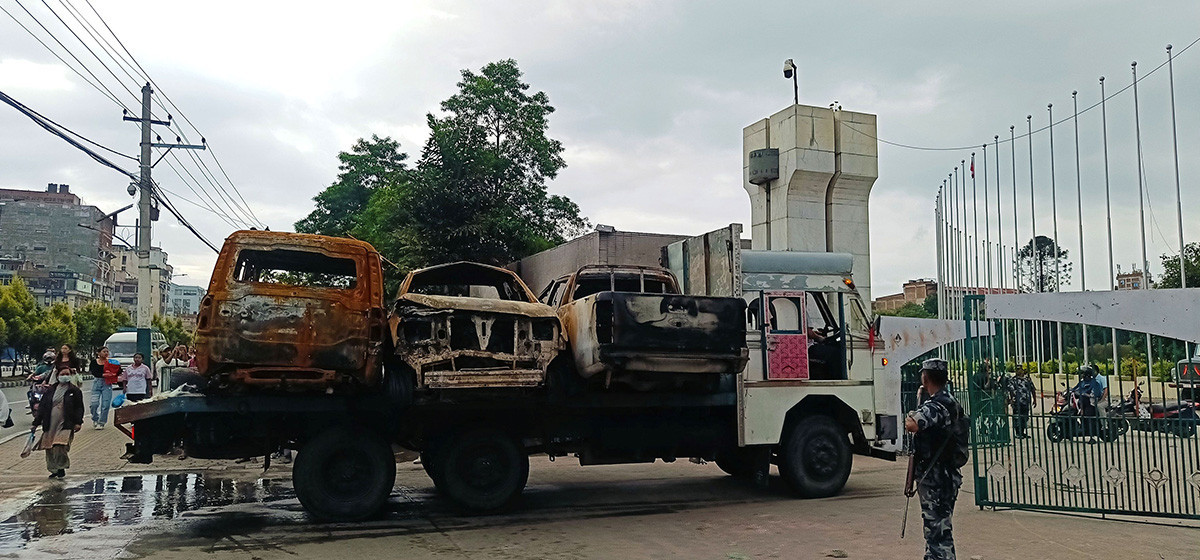

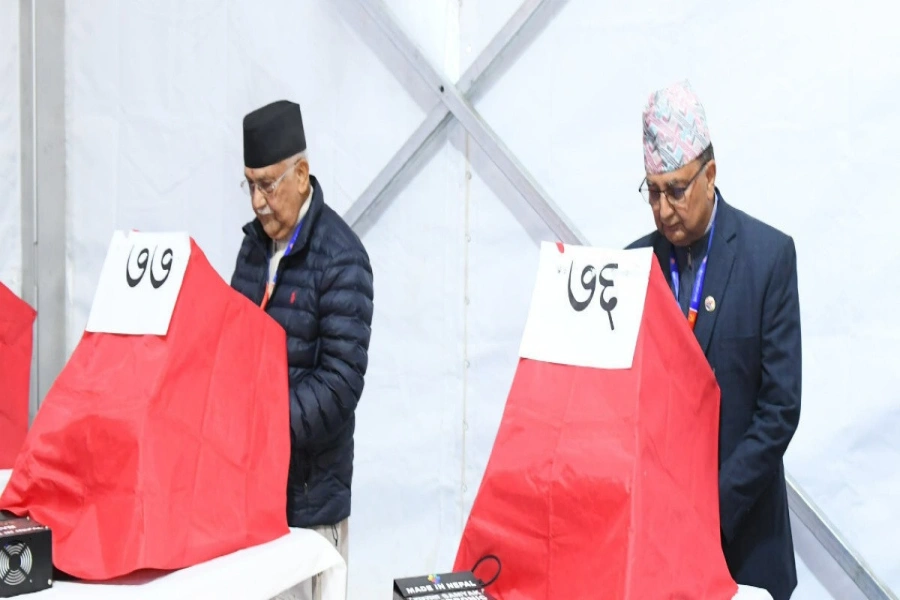

_20230329122016.jpg)



